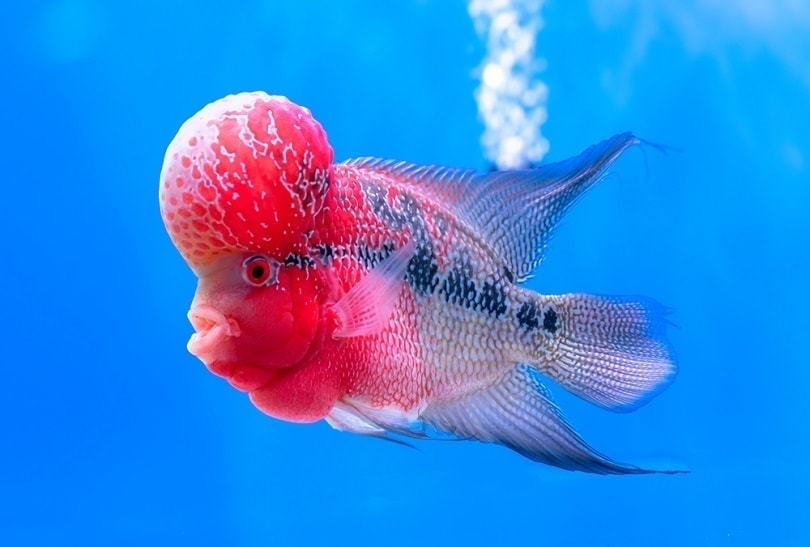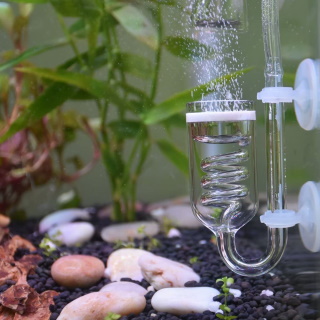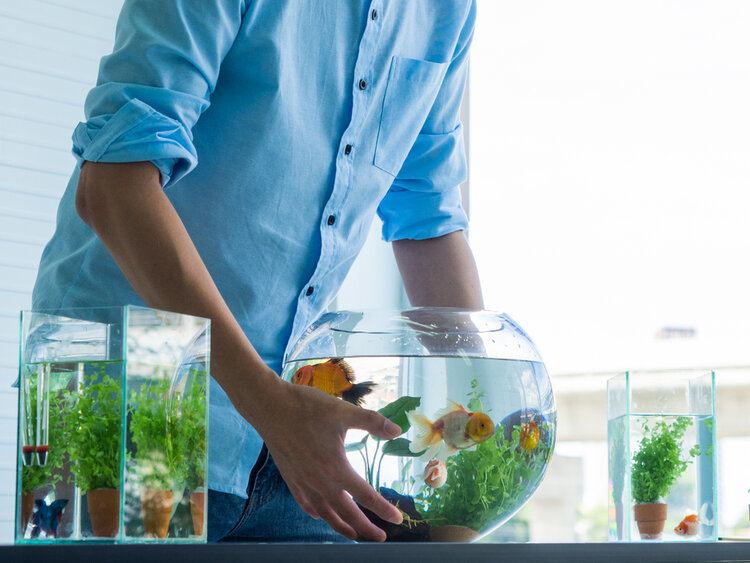Bare Bottom Tank vs Gravel Tank: Which Is Better?

Updated on
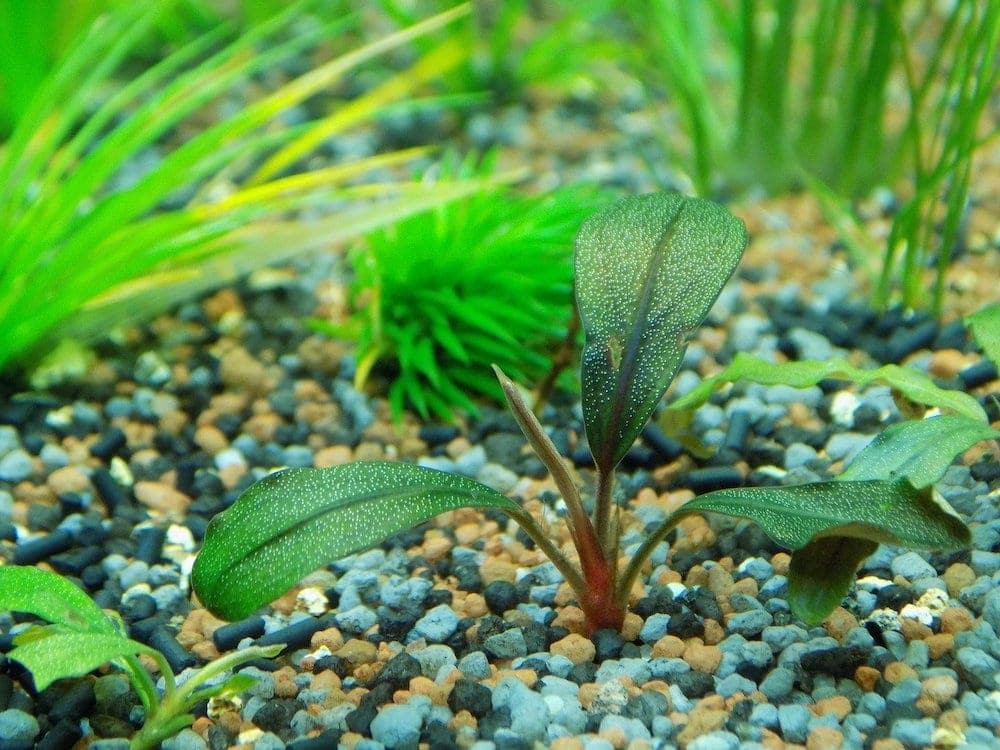
To substrate or not to substrate, this is the question. All jokes aside, there is a debate raging around what is better, a bare bottom tank or one with gravel substrate. Yes, if you go to fish shops and pet stores, you will probably see both, but more than likely, most tanks in a fish shop will be bare-bottomed. Either way, there is a ton of talk about this whole bare bottom tank vs gravel substrate argument. Make no mistake about it, because there are great points to each side.
So, the next time you get a new fish tank, or are thinking of switching things up a bit, what are you going to go with, a bare bottom tank or a gravel-lined tank?
Bare Bottom vs Gravel: At a Glance
| Cleaning | Bare bottom tanks are much easier to clean. |
| Visual Look | Substrate tanks are generally better if you are going for the visual look. |
| Fish / Inhabitants | This one depends on what you are housing, some fish need substrates so this needs to be researched separately based on what you are planning to house. |
| Water Chemistry | Water chemistry can go either way, it depends on your tank conditions and what filter set up you are using. There is no clear winner here as there are a lot of factors so make sure you research this separately based on tank conditions and set up. |
| Microorganisms | Gravel substrates can come with unwanted hidden critter eggs like snails and worms that you do not want in your tank. On the flip side, there are some helpful critters that come with substrates that can help break down waste, filter and provide a food source.With bare bottom, you don’t have to worry about the above. But again, make sure you double-check if your fish/inhabitants that you are housing need substrate first. |

The Pros & Cons Of Each: Make Your Decision
Let’s take a closer look at the pros and cons of each to help you figure out what is best for you, your fish, and your aquarium as a whole.
1. Cleaning The Tank
Something you are going to need to get used to when you have an aquarium is cleaning. You might not think it at first, but cleaning even a medium-size fish tank can be quite the job. You have to clean out fish remains, fish waste, dead plants, and everything in between. No, it’s not particularly fun, but it’s the pain you have to endure when you have pet fish. When it comes down to it, if cleaning your aquarium is one of your main concerns in regards to this bare bottom vs gravel debate, you will probably want to stick to a bare bottom tank.
Bare bottom tanks, whether glass or acrylic, are super easy to clean. All you really need is an algae scrubber and maybe a little net (more on cleaning algae here). When you don’t have gravel lining the bottom of the tank, it is easy to see all of the waste, and there is nothing to get caught in between hundreds of pieces of gravel. On the other hand, with a gravel-lined aquarium, you will need to get a gravel vacuum. They are not super hard to use, but far harder than not having to use one at all. Algae, old food, and fish waste will get caught in the gravel and you will spend a good deal of time cleaning out all of the waste. Moreover, it’s hard to see and get to the tank bottom with an inch of gravel blocking the way.
With that said, some types of gravel do actually work as a natural filtration mechanism, especially if you have an under-gravel filter, which can help clean a tank a decent amount.
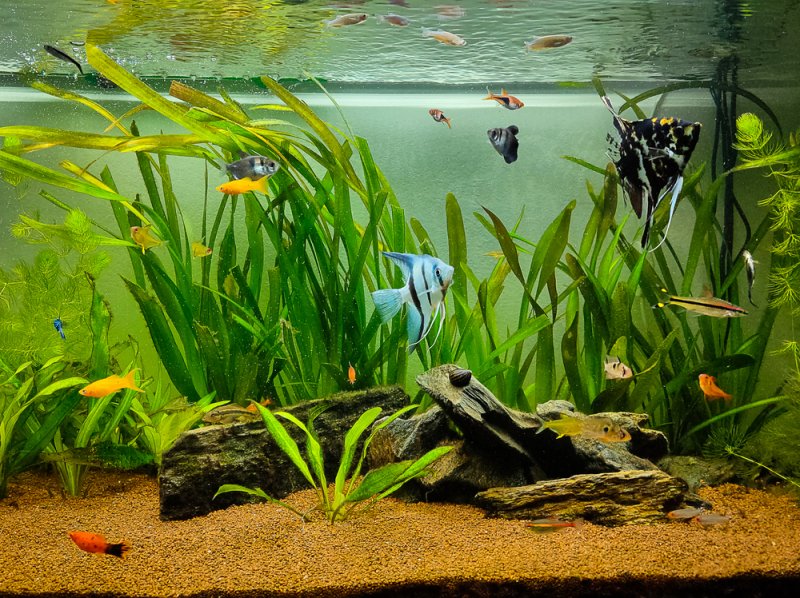
2. The Look
Ok, so there is no doubt about the fact that natural environments don’t have glass bottoms. Have you ever seen a river with a bare plate of glass lining the bottom? Yeah, we didn’t think so. Of course, if you want an aquarium that looks nice, natural, and beautiful, you are probably going to want to go with some gravel substrate. The fact here is that gravel for aquariums can come in all shapes and sizes, and many different colors too. It adds some natural beauty to the mix, something which a clear glass pane definitely does not accomplish.
Just take a look at 2 aquariums side by side, one with gravel substrate and one without, and then you decide which one looks better. Who knows, maybe you like the look of a bare glass pane more than gravel. We suppose that this is really left up to you.
3. Your Fish & Other Tank Inhabitants
Now, we are not going to get into a huge list here of which fish need which kind of substrate, as well as other animals that you might have in the tank. However, what is important to note here is that many animals in aquariums and in the wild need substrate to live and to feel normal. Now, saying that aquarium fish, snails, and crabs absolutely require substrate for survival may be a bit of an understatement. However, this does not go without saying that the vast majority of fish, crabs, snails, and other animals are going to want substrate. They will appreciate it and it will feel natural. Just like when we talked about the look of the aquarium and how you don’t find flat glass panes in nature, animals are of this mindset too.
Fish like to mess with gravel, dig holes, make tunnels, bury themselves, and much more. The bottom line here is that any fish or aquarium inhabitant is going to want some form of substrate in the tank, whether it is gravel or anything else. The only fish that won’t be saddened by a bare glass bottom is one that is already dead.
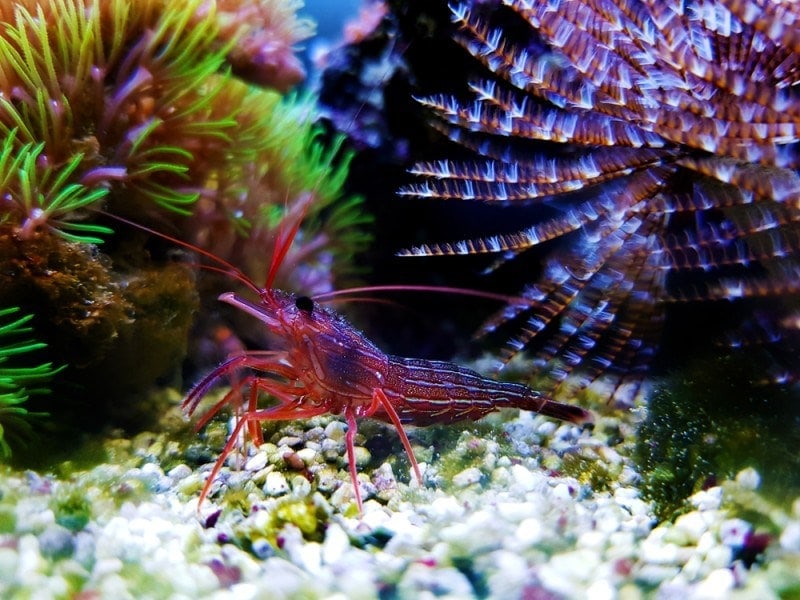
4. Water Chemistry
Something else to think about when you are considering whether or not to use gravel substrate or to just leave the tank bare-bottomed has to do with water chemistry. Before we get into this more in-depth, let us just say that this goes both ways and it is kind of an even draw. In other words, there is no black-and-white answer here, and it depends on what conditions you need in your tank, what kind of filtration equipment you have, and what you need the water chemistry to be like.
Let’s put it this way, gravel can affect water chemistry in the tank, mainly water hardness and acidity. Now, like we said, depending on the specific needs of your fish tank, this can be a bonus or a drawback. For instance, some gravel substrates can buffer the pH and hardness of the water. For a saltwater or coral tank, this can be good, but for a tropical freshwater tank, not quite as much. A gravel fluorite substrate can provide plants with some much-needed nutrients, but some plants may actually get overloaded. Certain types of substrate can go a long way in providing plants with much-needed minerals and other nutrients. Yet, this can go both ways, the fish waste and uneaten food that gets caught in the gravel can affect water chemistry in a bad way, mainly due to ammonia.
As you can see, this part of the debate is not quite as easy to answer as you might like. We would recommend doing some more research on water chemistry and the needs of your tank before making a final decision.
5. Microorganisms & Other Hitchhikers
The final thing that you should consider in this bare bottom tank vs gravel debate has to do with other animals that may come with the gravel, as well as their ability to hide and reproduce within the gravel in the aquarium. On one hand, there are a variety of bad snails and various worms which can come with gravel, not purposely, but they are there, and this could even just be the eggs that then hatch in the aquarium. These things can multiply fast and wreak havoc on a tank, which is of course not good at all.
On the other hand, aquarium gravel, whether it comes with them or not, can be home to a number of microorganisms and invertebrates which can actually break down fish waste, uneaten food, filter water, and even provide a valuable food source for your fish. Make sure that your tank inhabitants don’t require substrate and the critters that may live inside of the substrate before deciding to go bare bottom.
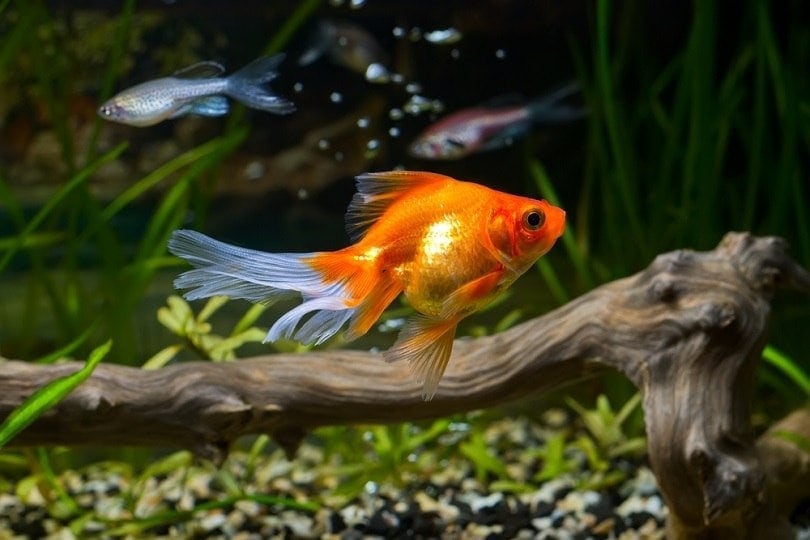
Conclusion
There you have it, folks, the most important considerations to keep in mind in terms of this bare bottom tank vs gravel debate. If you like a tank that actually looks good, has a natural feel, and can provide your fish tank with some filtration and food, you definitely want to go with gravel substrate. Of course, you do also want to consider those little hitchhikers and tank chemistry.
If you are not too concerned with aesthetics and just want a tank that is easy to clean, a bare-bottomed one is best. However, we do implore you to think of your fish and the other critters in the tank. After all, you as the owner are responsible for their happiness and wellbeing. In other words, fish don’t want to live in a tank with a bare bottom, so we would highly recommend using some form of substrate.
See Also:
- How To Clean A Fish Tank – 10 Easy Steps
- How to Get Rid of Algae in an Aquarium: Top Products & Removal Methods
Featured image credit: Pixabay


